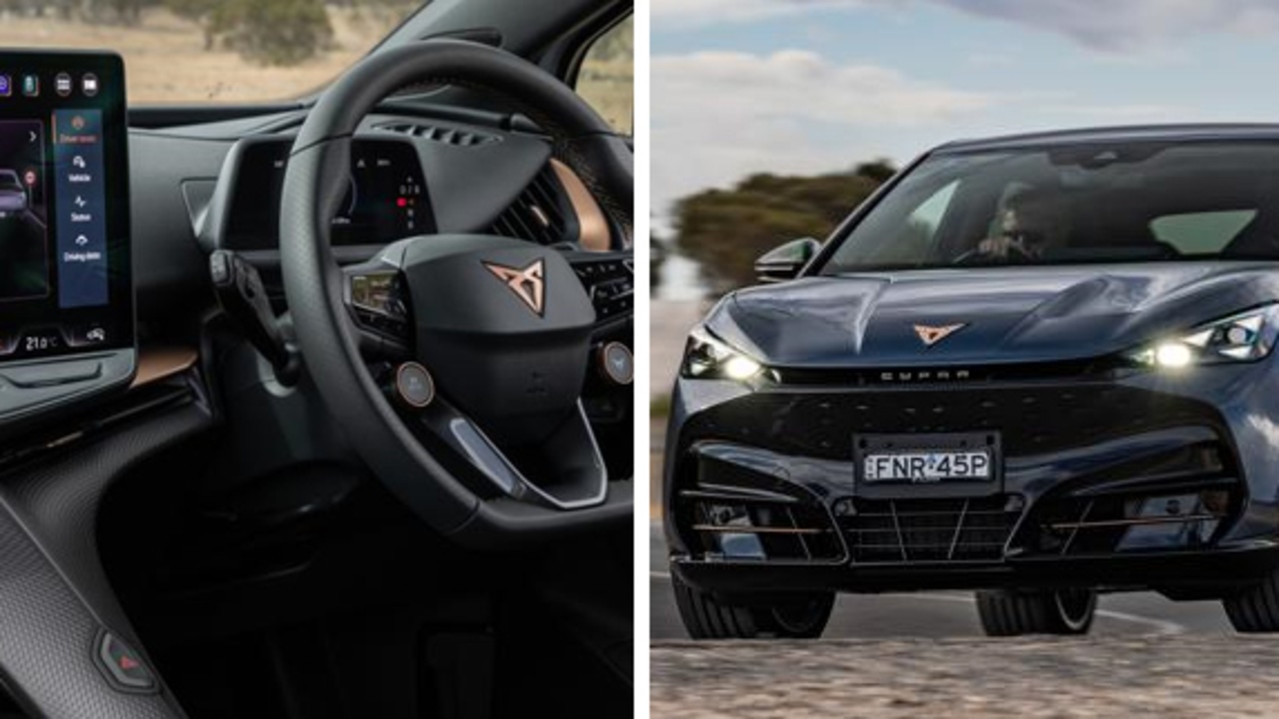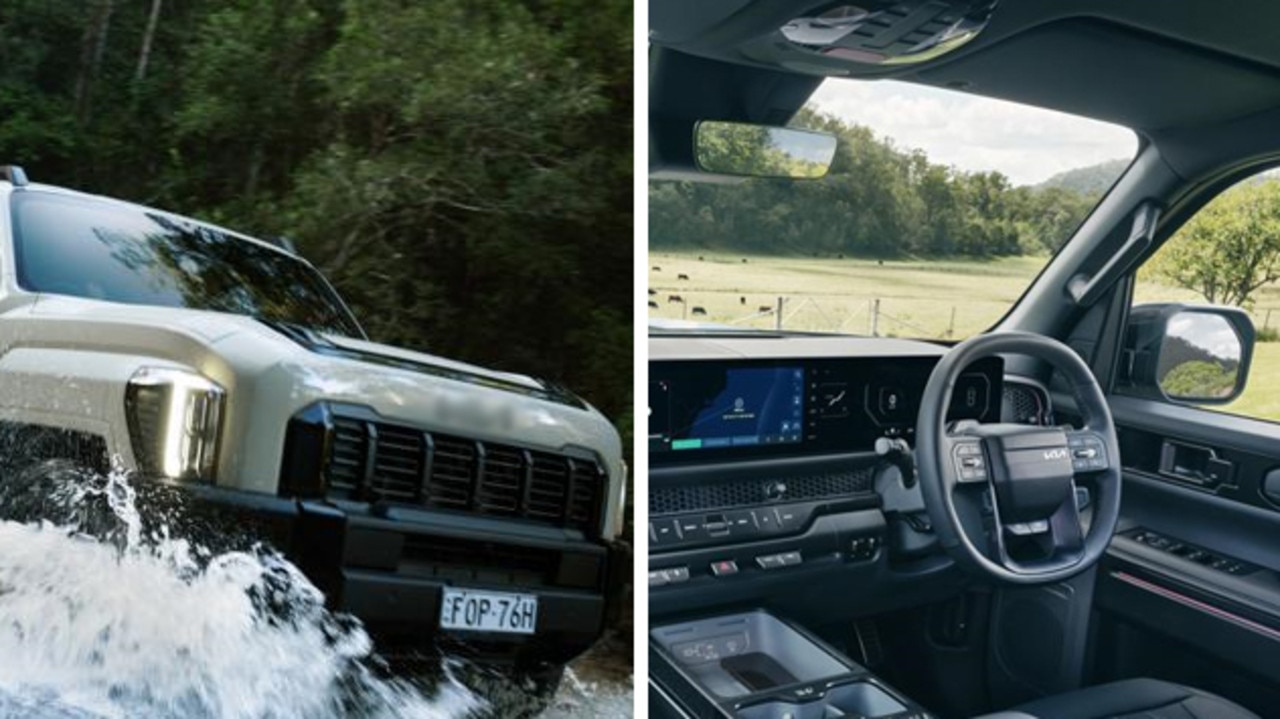2023 Mazda CX-60 PHEV new car review
The Japanese brand has made some of the most well rounded family cars of the past decade but its new SUV doesn’t compare to the previous ones.
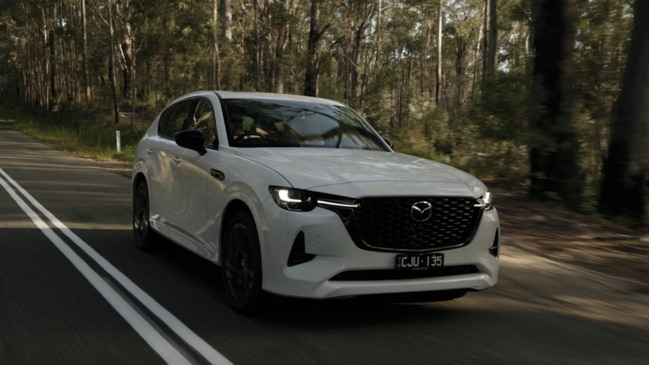
Mazda is revolutionising its range with the rollout of new high-end SUVs.
The new mid-sized CX-60 is the first cab off the rank and here are five things you need to know about the plug-in hybrid version.
It’s all new, but an old formula
The CX-60 is built off a new large vehicle platform that will spawn several variants.
It’s the same height as the CX-5 but is longer and wider and has significantly more room between the front and rear wheels.

Mazda has developed three new power sources to propel its new luxury SUVs.
There are 3.3-litre inline six-cylinder turbo petrol and diesel engines that use mild hybrid tech and a plug-in hybrid, which combines a smaller non-turbo petrol engine with an electric motor and sizeable battery.
The price may come as a shock
Long-time Mazda buyers won’t be accustomed to the $65,000 starting price of the CX-60, which is about $25,000 more than the cheapest CX-5.
There are three model grades: Evolve, GT and Azami. Each is available with all three engine options paired to an eight-speed auto and all-wheel drive.
It costs $8000 to jump from the cheapest Evolve model to the GT grade and a further $5200 to the Azami.
The diesel costs $2000 more than the petrol version, while the plug-in hybrid is another $10,500.
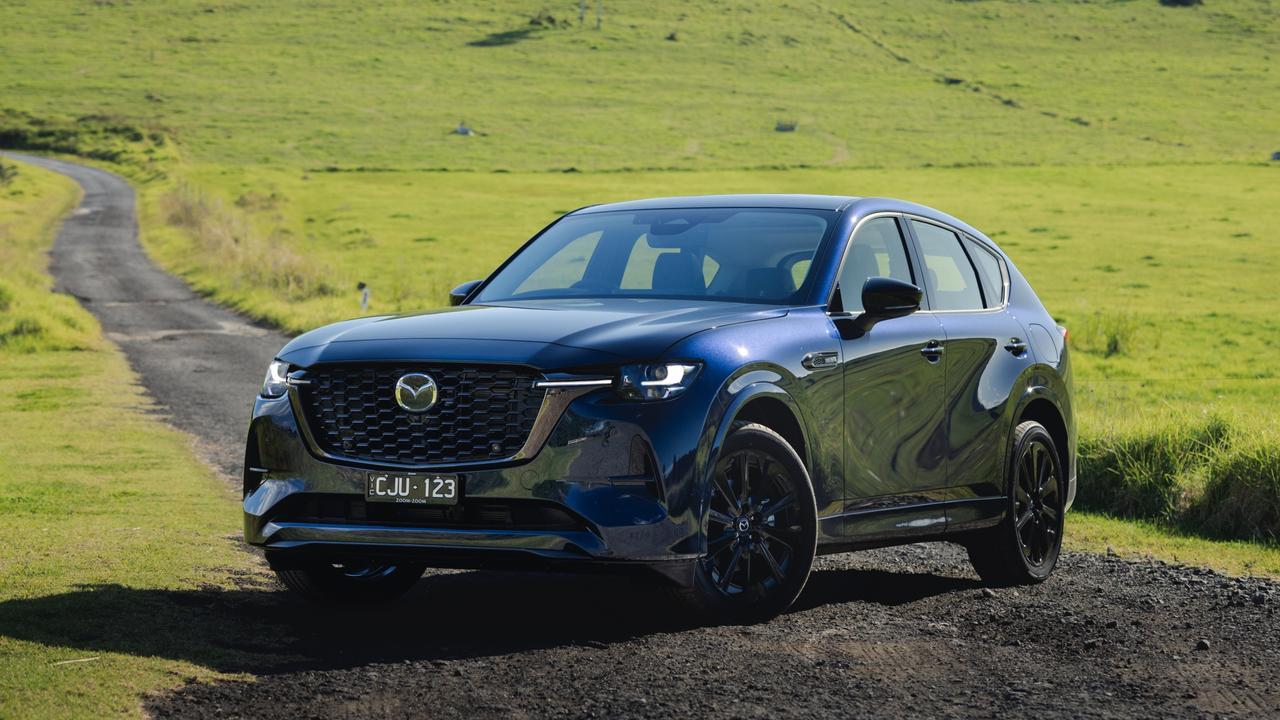
Our CX-60 PHEV GT costs about $86,800 drive-away.
The cabin quality is top-notch
Step inside and you’re greeted with a classy cabin kitted out with the latest tech and plenty of upmarket touches.
Our GT grade test car has a 12.3-inch central screen that responds to touches when in park but requires the use of a rotary dial when in motion. A fully digital driver’s display provides crisp readouts.
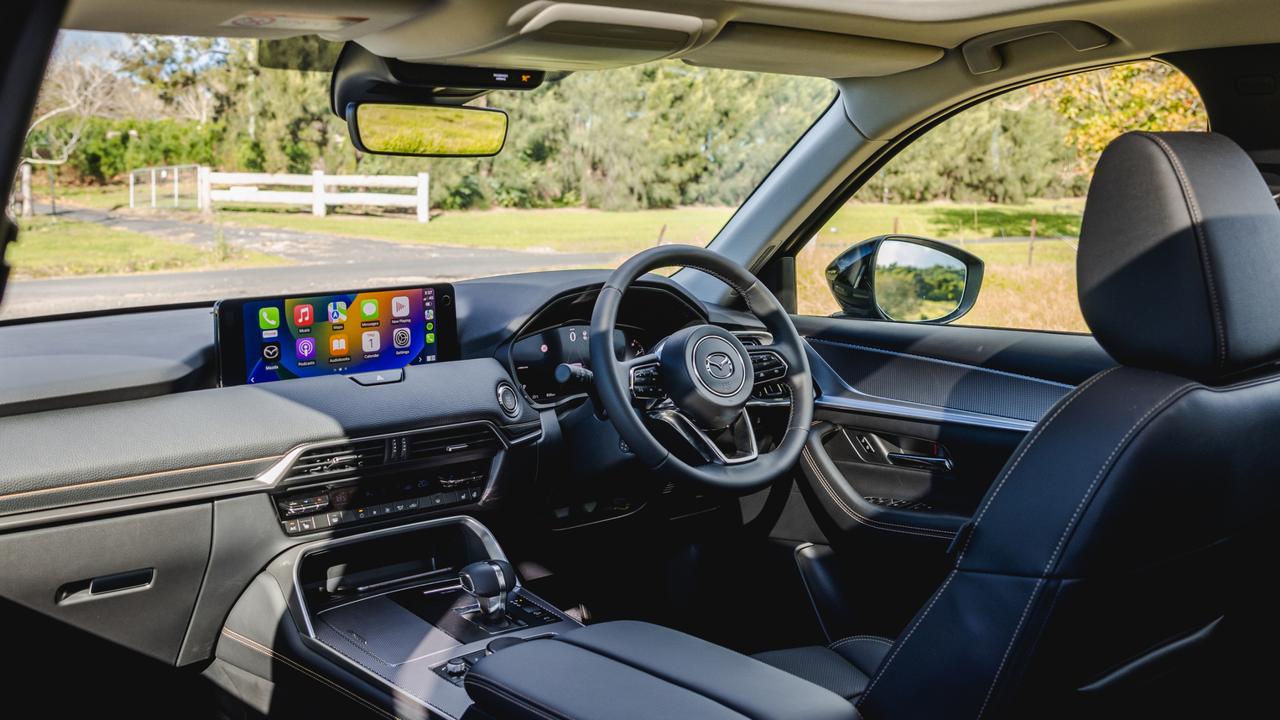
There is a 12-speaker Bose stereo, a wireless device charging pad, Apple CarPlay and Android Auto smartphone mirroring and in-built satnav.
Black leather seats are heated and electronically adjustable in the front, while the two rear window seats are also heated.
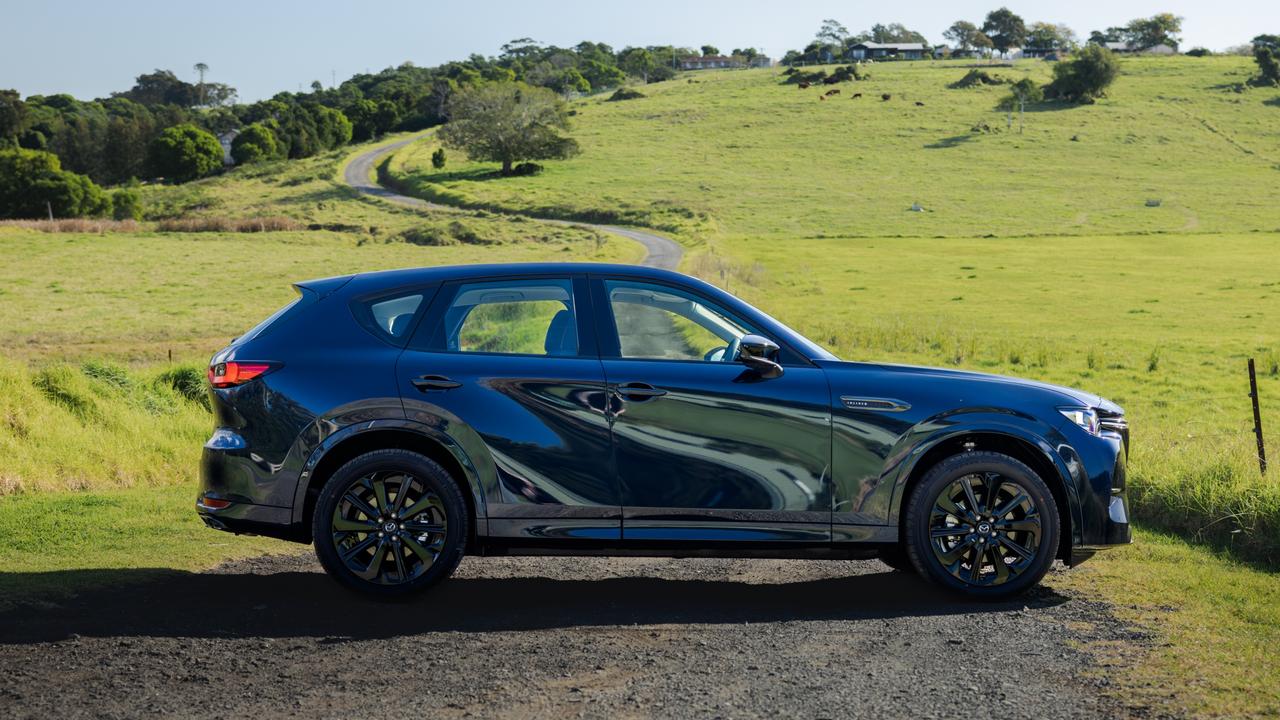
A big panoramic sunroof gives the interior a light and airy feel and the attention to detail and material quality in the cabin is excellent.
There is plenty of head, shoulder and leg room in both rows but the boot is well below par for this size of car.
A hands-free tailgate grants easy access to the cargo area
The plug-in is a let down
The CX-60 PHEV uses a 2.5-litre four-cylinder petrol engine and an electric motor to make a combined 241kW and 500Nm. A 17.8kWh lithium-ion battery provides a driving range of up to 76km.
On paper the PHEV looks impressive, with potent performance and a healthy driving range.
In reality the battery runs out of juice closer to 50km where you are left with just the 141kW/261Nm petrol engine to lug around more than two tonnes of metal.

Once the battery is dead the claimed 2.1L/100km fuel use figure is a fantasy, as the petrol engine is relatively thirsty. It drank more than 8.0L/100km during our urban commute.
The transition from petrol to electric power feels clunky, as does the transmission, which can jerk and shudder as you slow down.
The conventional alternatives are better
Both new petrol and diesel engines are much stronger performers. The diesel makes a beefy 187kW and 550Nm and the petrol produces a punchy 209kW and 500Nm.
The diesel is silky smooth and it delivers plenty of punch low in the rev range. Petrol CX-60s have more potent performance, with quicker acceleration off the mark. Both motors sound great, letting out a pleasant rumble when pushed.
All variants are let down by overly firm suspension, which delivers crashes and jolts through the cabin over bumps of all sizes. Big 20-inch alloy wheels on the GT and Azami variants exacerbate the issue.


